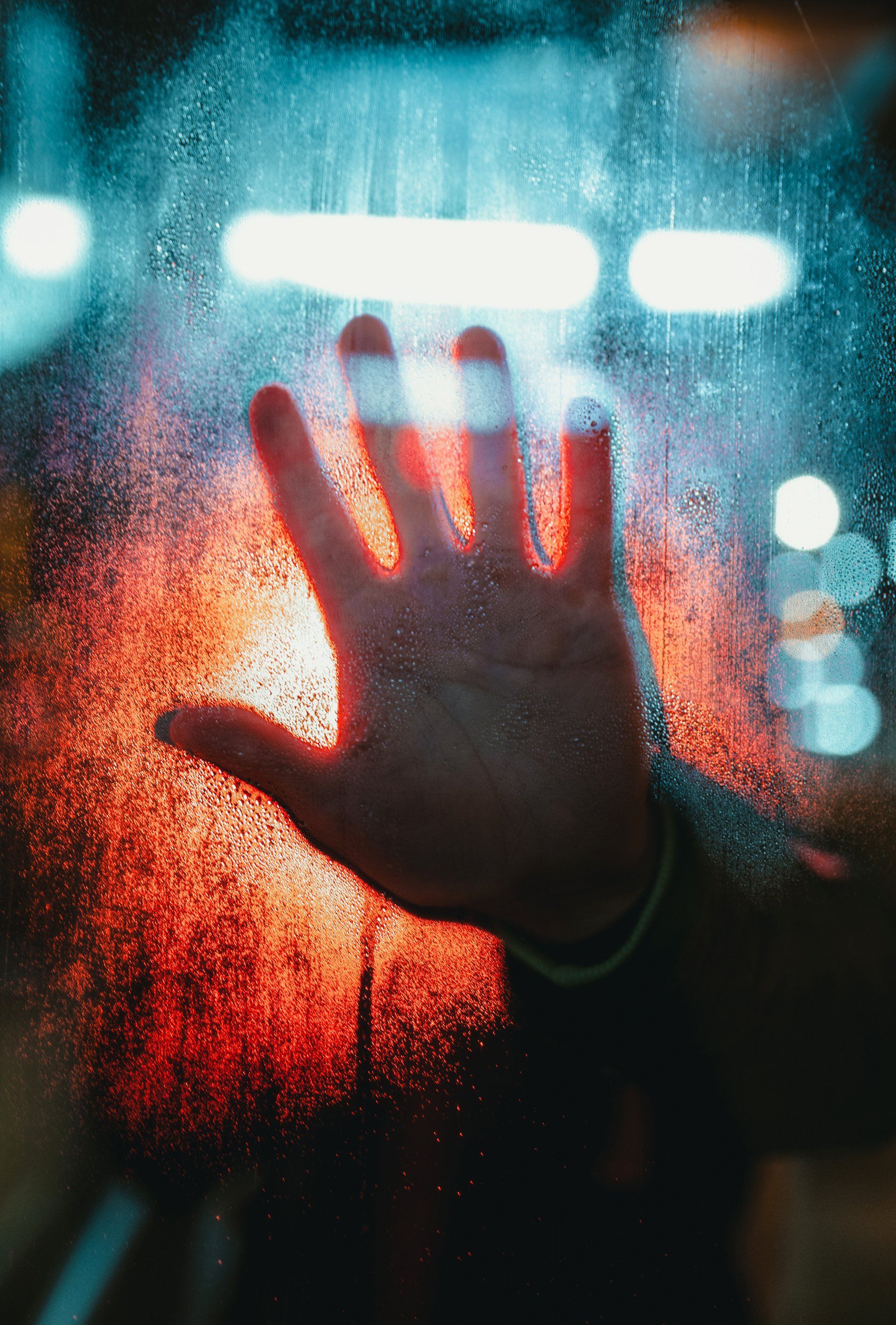Ancient viruses - In our DNA and in the permafrost
This week scientists found a 106 million year old virus ‘fossilised’ inside the human genome. It reveals how humanity has been battling viruses for a very long time indeed. In fact our relationship with viruses has been going on for so long that bits and bobs of virus DNA are scattered generously throughout our genome, inactive but forming part of every human being’s genetic code. This is what we’re fighting.
The idea first took root more than 100 years ago thanks to the Australasian Antarctic Expedition of 1911 to 1914, a disaster leading to two deaths and a mental breakdown. Expedition doctor Archibald McLean dug more than 2m down into the solid ice and found a variety of bacteria, fungi and protozoa. When they reached the surface many of them re-animated to ‘commence a new life-history’.
Now an article in New Scientist magazine asks a question that’s worrying more people as the climate warms. Could ancient viruses from melting permafrost cause the next pandemic?
The ‘next pandemic?’
Yes, it’s the ‘next pandemic’... because everyone who’s in the know understands we will have another one. It’s a scientific certainty, merely a matter of time. And the next one could prove a whole lot worse than covid. There’s no reason why not.
The risk of viral nasties in melted permafrost
Permafrost is simply permanent frost. Vast areas of Siberia, for example, have been frozen below a foot or two down, all year round, for millennia. Now the earth is warming thanks to climate change, and the fast-melting permafrost is revealing its secrets. Around 10% of the earth’s land surface is covered with ice and snow so it’s vital to know what threats it contains.
Permafrost is teeming with microbes, any one of which could pose a deadly risk to humans. We might even come across ancient diseases that once infected Neanderthals, Denisovans, and more of our extinct hominid ancestors. Here’s an example. In 2016, on Russia’s Yamal peninsula, the bacterium that causes anthrax
‘emerged from the soil and spread like wildfire’. 2000 reindeer died before the outbreak was brought under control, many people became very ill, and one boy died.
In 2013 a team drilled deep into Lake Whillans, a liquid water lake lying 800m below the West Antarctic ice sheet. As it turns out the icy lake was rich in
‘entire ecosystems of bacteria and other microorganisms with diverse lifestyles all living together, despite the cold and darkness.’
The same goes for other cold and hostile environments including Andean glaciers and the West Antarctic Ice Shelf Divide ice core.
Some ancient microbes are damaged – but others survive
Roll back time to 1999 and researchers found a virus that infects tomatoes and other plants in 140,000 year old Greenland glacier ice. In 2004 a team hinted that ice might act as a ‘reservoir’ for pathogenic viruses like flu. In 2021 a group of scientist identified a range of viruses in ice cores from Tibet, as much as 15,000 years old and mostly infecting bacteria.
The good news is, if you’ve been eking out a living under the ice for 25,000 or more years your DNA isn’t going to be in very good shape. The viruses and other pathogens found in ancient ice that like to thrive in nice, warm places like the human body don’t fare well when frozen for millennia. The DNA remains, but it’s too badly damaged to animate. On the other hand, in 2007, scientists did manage to grow 8 million year old bacteria taken from Antarctic ice.
Where do escaping pathogens end up?
So where do these pathogens go when the ice melts? Into rivers, lakes and seas. Meltwater from the Greenland ice sheet, for example, carries microbes far away. Many of them are rare, plenty have never been studied, and
‘It is hard to predict what they will do’.
Ice is safer than permafrost. The organic materials in permafrost create the perfect place for pathogenic microbes to thrive. Human remains taken from frozen earth in Alaska contain the complete genome of the 1918 Spanish flu virus. A pathogen related to smallpox was found in a 300 year old Siberian mummy. 700 year old frozen caribou poop contains traces of viruses. And giant viruses are a new thing. In 2014 a team from France found giant viruses in the Siberian permafrost. Called pithoviruses, their complex genomes stayed intact in the ice for 34,000 years. Luckily they don’t infect humans.
In conclusion – We need to know more about permafrost pathogens
The scientific community agrees we need
‘increased disease surveillance in the Arctic’
to spot and handle outbreaks fast before they escape. In the meantime they recommend we keep things in perspective. As one of them said,
‘ The danger is real and needs dealing with – but it isn’t likely to herald the end of the world.’
On the other hand unless we prepare properly, 2016’s deadly anthrax outbreak could be the tip of the iceberg.
Source: https://www.newscientist.com/article/mg25333743-200-could-ancient-viruses-from-melting-permafrost-cause-the-next-pandemic/










